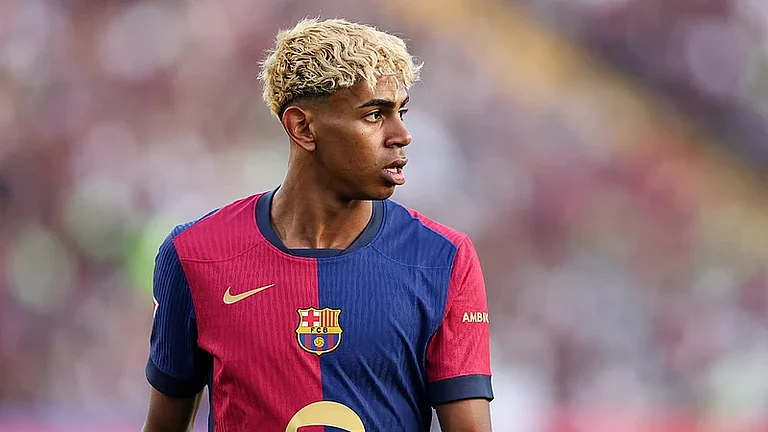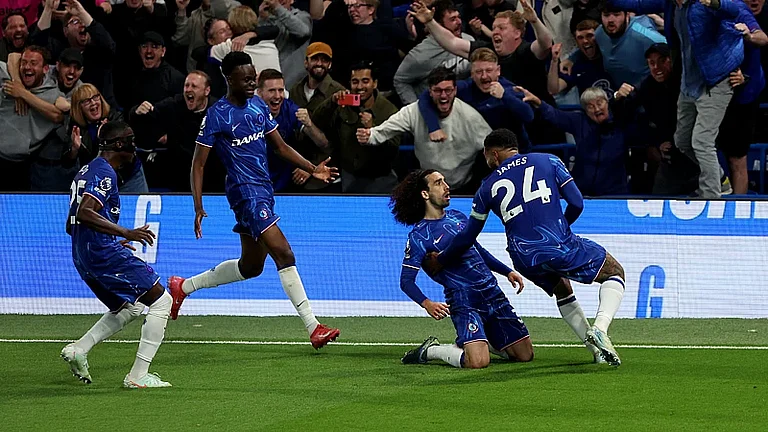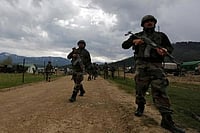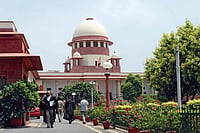On December 6, 1992, Babri Masjid in Ayodhya, Uttar Pradesh, was razed down by a mob of thousands, mainly karsevaks. Over 1,000 people were killed in the post-demolition communal riots—one of the worst India witnessed since its independence in 1947. More than 30 years later, Prime Minister Narendra Modi is now close to fulfilling his decade-old election promise. After a long legal battle, the Ram Temple will be open for devotees after a grand inauguration ceremony to take place on January 22, 2024. Incidentally, the 2024 Lok Sabha elections will be held a few months later.
Thirty-one years ago, on December 6, a Sunday, at around 11 AM, a huge crowd of kar sevaks surrounded the mosque and started shouting slogans like “mandir yehi banega” (we will build a temple here).” Shortly after noon, the three domes of Babri Masjid crumbled one after the other.
The Ram temple movement and the demolition of Babri Masjid are credited for the consolidation of Hindu majoritarianism and the eventual rise of the Bharatiya Janata Party (BJP).
“With the demolition of the Babri Masjid, everything broke. There began a normalisation of the hatred between the communities. What it really did was, in middle-class drawing rooms, respected middle-class families started talking about Muslims as the ‘other’ and that ‘Muslims deserved it’,” says senior journalist Vidya Subrahmaniam.
The legal dispute over the site of the Babri masjid went on for 60 years. In the end, the Supreme Court of India in 2019 said the faith of Hindus that Lord Ram was born at the site was undisputed, and he is symbolically the owner of the land.
The verdict was largely seen as a victory for Modi and his supporters, as it helped them and the party gain support among Hindus, who make up around 80 per cent of the country’s 1.4 billion population. It was seen as a blow to the Muslims, with many analysts saying that it was a continuation of the ‘otherisation’ of Muslims.
Even as the opening of Ayodhya's Ram temple nears and preparations are being made in full swing, the construction of a proposed mosque some kilometres away, as mandated by the top court in the Babri Masjid verdict, is yet to begin with the Indo-Islamic Cultural Foundation saying it does not have the money even to pay the project’s “development charges”. The land for the mosque complex was given to the Uttar Pradesh Sunni Central Waqf Board by the state government. This meant that Muslims still did not have a place to worship where the mosque had once stood before.
As we commemorate the 31st year of the Babri Masjid Demolition, Outlook revisits the events that led to the fall of the domes.
Not just Uttar Pradesh, but many more of such ‘Ayodhyas’ now loom large over India. The towns of Hubbali and Ayodhya, situated over 1700 km apart, are also connected by a cord that has changed the course of Indian politics. Hubballi’s Idgah Maidan holds a similar place in Karnataka politics as Ayodhya has in north India, Ashutosh Bhardwaj writes.
Through the issue ‘Ayodhya to Hubbali via Kashi and Mahtura’ in 2022, Outlook also looked at if the Places Of Worship Act can stand the test of communal one-upmanship and how God, the deity, became a legal entity in this case.


























